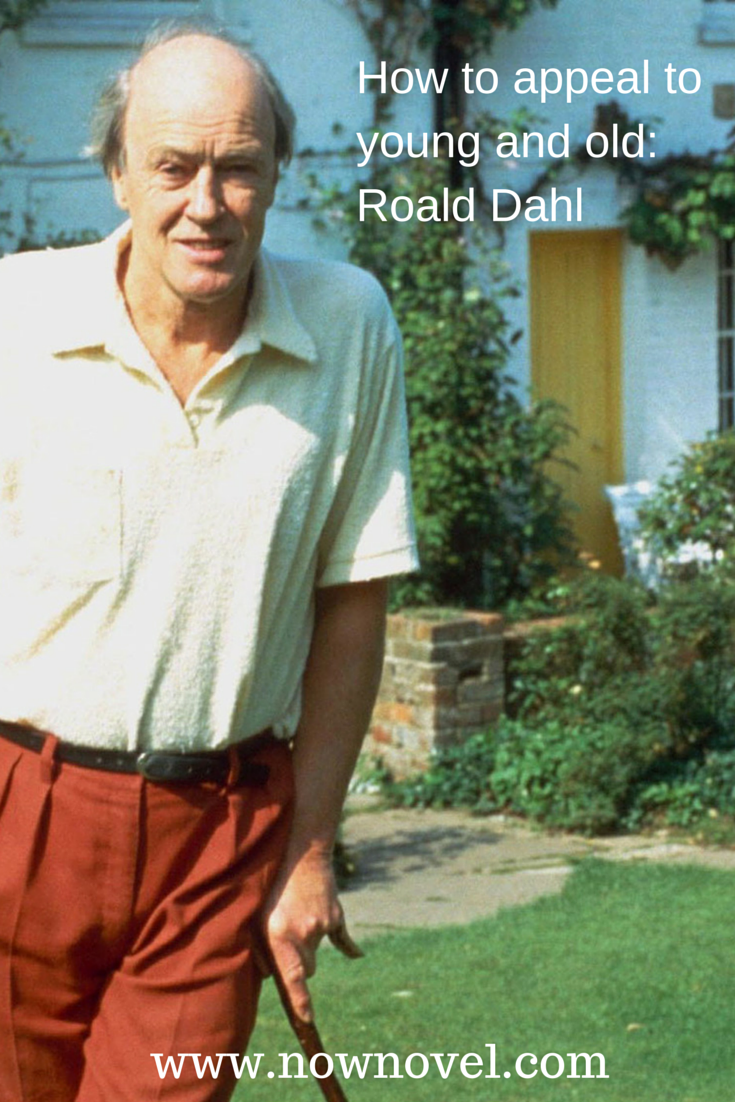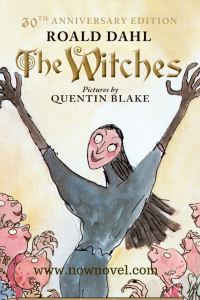British writer Roald Dahl is one of the most popular and beloved children’s authors in the English language. Writers can study his work to learn how to appeal to young and old and so create fiction for children that lasts.
Roald Dahl’s longevity
Although Dahl died in 1990, his books remain in print. A number have become popular films as well including Charlie and the Chocolate Factory, Matilda, James and the Giant Peach, The Fantastic Mr. Fox and more. Although he wrote a children’s book early in his career, Dahl began as primarily a writer for adults. He began writing for children in the early 1960s, and with the 1971 release of the first film based on one of his novels, Willy Wonka and the Chocolate Factory, his career skyrocketed.
Most children’s authors who stand the test of time across generations have a few things in common. They tend to have a wide appeal across many audiences including varied age groups. As the Harry Potter books demonstrate, popular children’s books are often loved by children and adults alike. The most popular children’s authors also tend to have something unique to offer their audiences.
Key elements of Roald Dahl’s style
In Dahl’s case, it is a dark, macabre and absurd sensibility that is unlike that of any other writer for children.
His child protagonists tend to be abandoned, abused, neglected, orphaned, impoverished and sometimes all of the above, and yet he manages to bring a note of whimsy to the darkness that makes it all bearable and sometimes even funny. On the first page of one of Dahl’s first books for children, James and the Giant Peach, we are informed that James’ parents were eaten by an escaped rhinoceros during a shopping trip to London. Tragedy blends with silliness in a way that appeals to both children and adults alike.
Fantasy does as well; his child protagonists tend to be rescued from their grim plights by incredible flights of fancy such as a giant peach or an invitation to a legendary candy factory.
Never talking down to children
Like the best children’s authors, Dahl does not write down to his audience, but as engaging as his books can be for adults, he is still primarily a writer for children. This is an important point because the absurdity and darkness intertwined at the heart of his books has a particular appeal for children.
Far from shying away from dark subject matter and tragic events, many children embrace those aspects, and the more adults try to keep them away from it, the more attractive it becomes to them. Dahl becomes a kind of co-conspirator with his child readers against the adults and almost an honorary child himself. It is this ability to inhabit the mindset of child readers that makes for an extraordinary children’s author.
With this in mind, writers who aspire to write books for children can learn a great deal from studying the work of Roald Dahl.
Put the children at the centre
There’s a reason why there are so many dead or absent or useless parents in children’s literature. Once the adults are out of the way, the children are in charge, and Dahl is no exception. In Dahl’s world, adults are unreliable at best and are nothing short of monstrous at worst. The children are steady, sensible and resourceful. They have to solve the problems, and children are empowered by reading about figures like themselves coming through adversity to triumph in the end.
Know when to break the rules
Not everyone is enamoured of the weird worlds Roald Dahl creates for children, and as a result, his books are not without controversy. They regularly are challenged for removal in libraries in the United States. Opponents of his work cite qualities such as a disregard for authority and plots that are too dark and upsetting. Some parents also dislike humour that they find gross and childish such as the “whizzpopping” giant of The BFG. However, this is precisely what children love about the books.
A writer focused on playing it safe from a marketing standpoint would avoid the anarchy that suffuses Dahl’s writing, but it is that very sense that all bets are off that children delight in.
Deal in wish fulfilment
A boy inherits a candy factory. A child gets his own home in a strange mansion made out of a peach stone surrounded by all the friends he could ever hope for. Children get to live with the adults they choose. The children in Dahl’s books may suffer along the way, but they end up in the types of situations children dream about. Dahl is never saccharine, but he knows how important happy endings can be for children.
Don’t be afraid of the dark
For all their whimsy, the darkness of Dahl’s stories is unmistakeable. The events in them mirror the sense children have of arbitrary events and rules in their own lives. Even if they don’t have to worry about being beaten by cruel guardians or transformed into awful creatures by witches, children’s lives are regularly turned upside down by even the most well-meaning adults. The darkness may be off-putting to some of their parents, but children are attracted to it even when it frightens them.
Make the everyday magical
The Witches posits a world filled with secret witches that hate children. Charlie and the Chocolate Factory imagines a candy maker whose factory is a fantasy land. The BFG introduces a friendly giant who drives away children’s nightmares. In Dahl’s world, figures and places like these are hiding in plain sight, and this sparks children’s imaginations to think that the world around them might be just as magical.
Be interesting
Roald Dahl wrote about this himself in 1965 for the magazine The Writer. As Dahl explains it, children have little patience for long passages of description, and writers must constantly ask themselves if they are being dull and if they are writing something that is likely to bore children. According to Dahl, it’s important to keep children engaged with things that they love including terrific plots, a sense of danger and jokes.
Think about telling stories aloud
One reason Dahl understood children so well was because he had five children of his own, and some of his stories began as tales he told them. Stories told aloud have a number of things in common. They tend to have a strong authorial voice. They move; they do not have long passages in which nothing happens that Dahl cautioned against in The Writer.[bctt tweet=”‘If you are writing for children, you might find it useful to read your book aloud'”] while imagining a child audience. If you encounter a passage that you can’t imagine them sitting through in a storytelling session, you might have encountered a passage that should be cut.
Give villains their comeuppance
There are very bad people in Dahl’s stories (children and adults alike), but they also get what is coming to them. James’ evil aunts are crushed by the giant peach while the unlikeable children who visit Willy Wonka’s factory are punished for being greedy, obnoxious and spoiled. Whether the punishment meted out to them is fatal, as is the case for James’ aunts, or simply corrective, as is the case with the children who visit Willy Wonka’s factory, it is nearly always both fitting and absurd.
Don’t be subtle
The awful children and adults in Dahl’s fiction are extraordinarily awful. The fates they suffer are over the top. Dahl doesn’t just make jokes about farts; he has a giant lifted off the ground by the strength of his fart after he consumes a fizzy drink. Children love larger-than-life stories with broad, silly imagery and events, and Dahl provides them with that.
Appeal to adults and children alike
One way that children’s authors achieve lasting popularity is by writing books that are so compelling that adults tend to remember them and pass them down to their own children. This is the case with Dahl. Adults who never read Dahl as children and only encounter his work after having children of their own often respond to the cynical humour and outrageous storylines.
Above all, Dahl did what all writers should do. He wrote the stories that only he could tell. There is an unmistakeable quality about a Roald Dahl book, and no one else is quite like him. Anyone who is writing for children can take a number of lessons from him about giving children exactly what they want and knowing when to write things that adults will not appreciate, but writers who want to emulate Dahl should not copy his writing. Instead, they should find their own voices just as he has done.
What about Roald Dahl’s books has appealed to you, and can you apply that your own writing?



